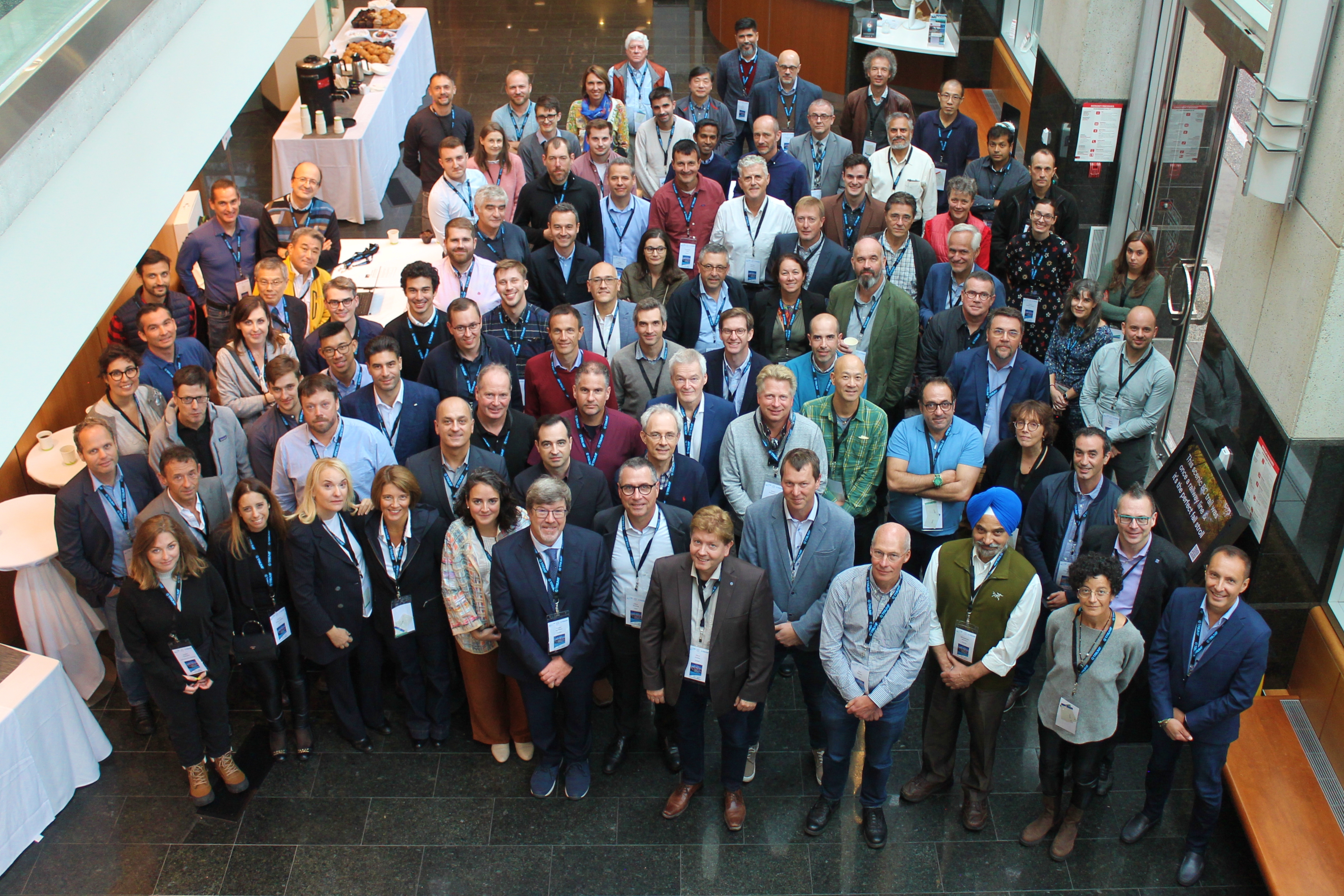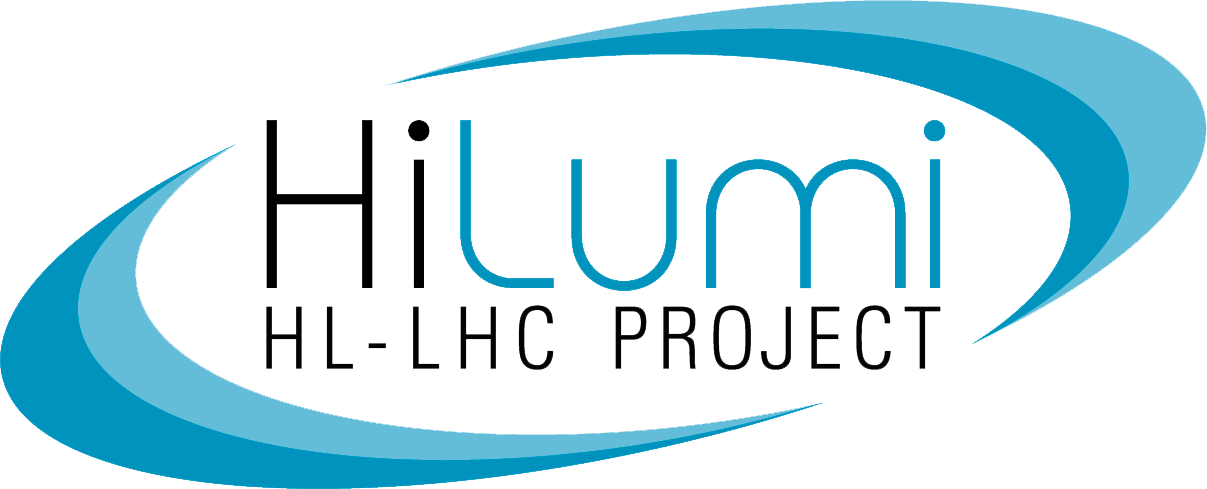Home
(Photo: Cecile Noels)
COLD POWERING
First successful powering tests of the prototype Superconducting Link system
(Photo: Irene Garcia Obrero)
CLIQ
First six units ready for installation in the HL-LHC IT String)
(Photo: Irene Garcia Obrero)
CURRENT LEADS
EN-MME team in charge of their production
(Photo: Irene Garcia Obrero)
HILUMI WELCOME DAY
Fifth edition on 5 March 2024

What is HiLumi?
The High Luminosity Large Hadron Collider (HL-LHC) is an upgrade of the LHC which aims to achieve instantaneous luminosities a factor of 5 to 7.5 larger than the LHC nominal value, thereby enabling the experiments to enlarge their data sample by one order of magnitude during the 12 years of HL-LHC operation compared with the LHC baseline programme. Following five years of design studies and R&D, this challenging project requires about ten years of developments, prototyping, testing, series production and implementation; hence operation is expected to start at the end of this decade. The timeline of the project is dictated by the fact that, in the coming years, many critical components of the accelerator will reach the end of their lifetime due to radiation damage and will thus need to be replaced. The upgrade phase is therefore crucial not only for the full exploitation of the LHC physics potential, but also to enable operation of the collider beyond the end of the nominal LHC exploitation in 2025.
The HL-LHC will rely on a number of key innovative technologies, including cutting-edge Nb3Sn and Nb-Ti superconducting magnets, compact superconducting crab cavities with ultra-precise phase control for beam rotation, new technology for beam collimation such as bent crystals, and high-power, loss-less MgB2 superconducting links, to name only a few. A detailed description of the project and its technological and operational challenges is provided in the HL-LHC Technical Design Report and the HL-LHC book.
Resources
